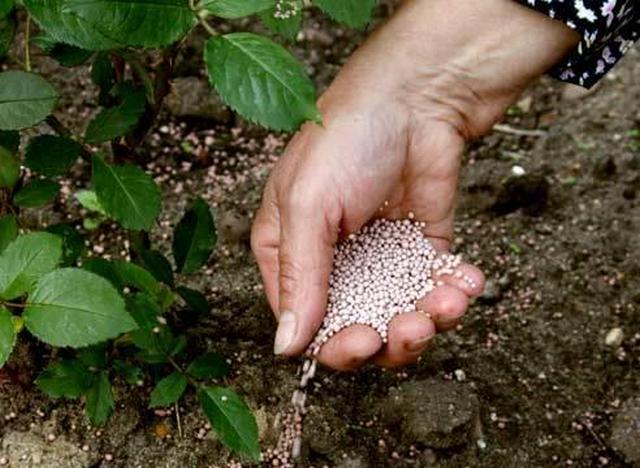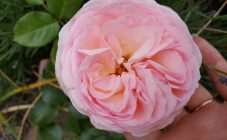Rose El Toro is a hybrid tea variety of a flower. It was introduced in the Netherlands back in 2003. A distinctive feature of the rose is a bright red color with fiery tints. When a flower blooms, it becomes so beautiful and unusual that many associate it with Spanish flamenco. Rose El toro is grown without problems in the Russian climate, it is quite resistant to cold weather. If properly cared for, the rose will bloom throughout the season. The publication provides information on growing a flower, as well as a description and characteristics of the variety.
Characteristic
El Toro rose (less often - Zeltors rose, Eltora rose) is remembered for its unusual beauty and harmony. These flowers make magnificent bouquets, because they practically do not have thorny thorns. The buds of the rose resemble bowls, and the petals, blooming, become terry and visually create additional volume.
El Toro roses range from bright red to orange, with a wide range of colors. A feature of the flower is the ability to change shades during the season.
Eltora hybrid tea rose smells pleasant, the smell is unobtrusive, barely perceptible. The flower has a very smooth erect stem, practically without thorns. The bush reaches a height of 80 to 100 cm. The leaves are carved, dark green, small in size.
As a rule, the buds are on strong peduncles. They are quite large in size, sometimes up to 10 cm in diameter. Despite the fact that the rose blooms for a long time and does not lose its beautiful appearance, it burns out quite strongly in the sun.
A small bush of El toro (El toro) roses planted in the center of the flowerbed looks just great and harmonizes perfectly with other plants. The variety has good immunity to a number of diseases.
How to plant and propagate
El Toro roses should be planted warm. The landing site should be well lit, and areas with strong winds should also be avoided. It is very important to pay attention to the soil composition. El Toro prefers moist soil and good drainage. Loam or slightly acidic soil is perfect for a flower; ideally, the acid-base reaction should be 5.6-7.3 pH.
When preparing the hole for planting, you should pay attention to the length of the roots, they should be located freely and not bend. The depth of the hole should be at least 50 cm; gardeners are advised to use sand and gravel as drainage. The introduction of the nutrient mixture is undeniably encouraged. The optimal components for her are:
- manure - 3 parts;
- nutrient soil - 2 parts;
- peat - 1 part.
It is best to plant roses in May, during this period the earth is already warming up enough. Before planting, the seedlings can be immersed in water for 4-5 hours. Damaged and weak shoots on the roots must be removed, leaving only the healthiest ones. This way the rose will grow faster.
El Toro roses are propagated by seed, cuttings and budding. However, gardeners consider the latter the best method. Budding is done in the spring, before the first buds dissolve. They are grafted to two-year-old shoots from a rosehip bush.
The maturity of the buds of the grafted part is important. It is recommended to remove the leaves, and thoroughly clean the root, removing the soil from it, after which an incision should be made on the neck.After grafting is completed, the budding site is fixed with a film. It usually takes up to 25 days to heal. If the bud is strong enough and grows well, this is a sign that everything went well.
Care features
Caring for the El Toro rose is simple, but the main requirements must be followed. These include getting adequate watering, pruning, and maintaining soil quality. Water the rose twice a week in hot weather. If it's cool, one irrigation per week is enough. Roses perfectly perceive watering with fresh river water, but an excess of chlorine in the liquid can significantly harm the plant.
Typically, roses are fed in spring and July. Flowers are cut in the spring, until the buds awaken. In the fall, watering must be stopped.
For this, the use of spruce branches, sawdust and an additional layer of earth is encouraged. Sometimes the bushes are covered with various materials, creating a semblance of a small greenhouse in the event that the winter months promise to be harsh.
Sometimes, to insulate the shrub, it is enough to cover it. For this, peat with a height of 15-20 cm is used.
How to fertilize correctly
There are 2 ways in which a flower can obtain nutrients through the root system or leaves.
Root feeding option
The root feeding option is considered the main one. Through this method, fertilizers are added to the ground, in the radius of the roots.
There are 2 types of such feeding:
- liquid - when the plant is fertilized with various solutions of mineral and organic substances.
- dry - when using the same set of dry fertilizers.
How to fertilize? To do this, it is necessary to distribute them over the surface as evenly as possible, and then deepen them into the soil. Or you can make small grooves and place the fertilizer in them.
Foliar feeding option
The foliar feeding method is the method when the rose receives nutrients through the leaves. As a rule, this method is used as an additional measure to the main feeding through the root system. The foliar method is often used when the plant needs urgent help, for example, during an illness.
To carry out such feeding, you need to spray the nutrient solution over the leaves using a special spray bottle.
Top dressing: calendar
If you plant roses in a well fertilized hole, then during the first 12 months there is no need for additional nutrition.
During the second year, additional feeding of the rose is a prerequisite. An adult shrub needs spring feeding after the pruning is done. The ground around the bushes needs to be dug about 15 cm deep.
Fertilizers required to feed a rose:
- 10 kg of humus;
- 30 g of ammonium nitrate;
- 30 g of potassium salt;
- 80 g superphosphate.
The above composition will perfectly support the rose after the winter months and activate the development of the root system.
The bright and unusual El Toro rose will decorate any garden. Gardeners call this popular variety universal, because it is quite unpretentious, reproduces well and brings unforgettable joy to others.

















